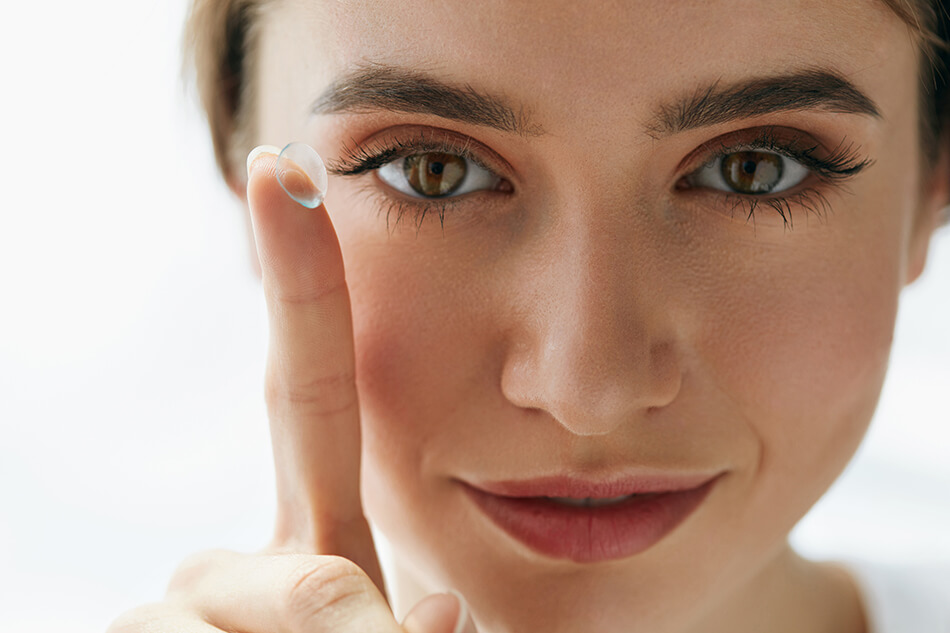

An optometrist may prescribe a lens that increases the magnifying power of the eye, usually in steps of a quarter-diopter over a range of 1 to 3 diopters. Reading glasses compensate for the loss of natural eye focal adjustment. It's this diminishing capacity for the eye to properly focus its lens – called presbyopia – that results in blurred up-close vision and warrants corrective glasses. Due to natural weakening of eye muscles that focus your vision and hardening of the eye lens, by age 45 the human eye is typically a mere 1 diopter.

By age 25 this focusing flexibility is usually reduced to about 10 diopters. The eye of a typical young person can adjust an additional 20 diopters. The optical power of a healthy human eye is about 40 diopters, meaning the ability to focus on an object or image 1/40 of a meter from the eye. B: As we get older, our eyes lose flexibility and can no longer focus on near objects without readers, bifocals or prescription eyeglasses with appropriate diopter strength lenses. This is important because magnification increases as the lens focal length gets shorter, which is why wearing higher diopter strength lenses allows for sharper, clearer images closer to your eyes.Ī: Younger, more flexible eyes can adjust to focus on both near and far objects. Since diopter strength is based on the inverse of the focal length, a 2 diopter lens is not 2 meters but 1/2 meter, a 3 diopter lens is 1/3 meter and so forth. Lenses with a focal length – defined as the distance between the center of a lens and the point at which objects are brought into clear focus – of 1 meter (about 39 inches) have a diopter strength of 1. It's commonly applied to reader-strength eyeglasses or bifocals, as well as telescopes & other magnifying lenses. Diopter strength refers to the optical power of a lens.


 0 kommentar(er)
0 kommentar(er)
